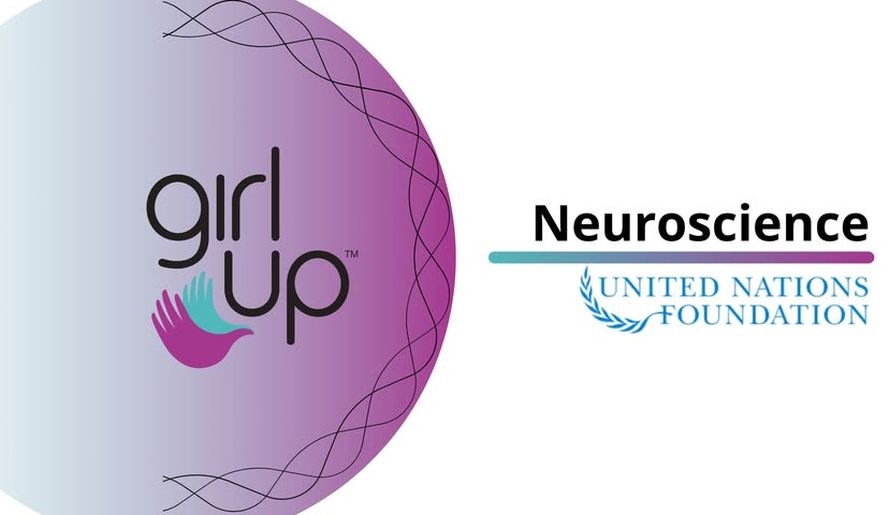Romanian consumers and the digital economy
The development of technology and easier access to the Internet have boosted online shopping.

Christine Leșcu, 28.03.2018, 12:14
The development of technology and the increased access to the Internet have boosted online shopping. Having a wide range of digital technologies at their disposal, people find it easy to buy and sale products online. Proof thereof is the fact that 50% of EU consumers shop online regularly.
Romanians are no exception, although just a few years back they were among the most reticent Europeans when it came to online shopping, with only two out of ten Romanians aged between 16 and 75 doing online shopping in 2016. In 2017 however, their number increased significantly, with online shopping accounting for 2.8 billion euros, by 40% more than the previous year. Most online shoppers are from urban areas, with 44% of the Internet users in towns and cities shopping online at least once a month. Moreover, 45% of Internet users compare prices, while 46% of Romanians use their mobile phones to purchase things. But just how safe are online transactions in Romania?
According to Florinel Ioan Chis, the head of the Romanian Association of Online Shops, Romania is the safest European market when it comes to online payments, with 0% fraud rate:
“We have the lowest credit card fraud rate in Europe, according to data provided by the credit card processors Visa and Mastercard. Only 7% of small and medium sized companies use online trade. On the other hand, the growth pace of online trade from one year to the next is very good. This proves that customers trust e-commerce. Also, in the rural area, the Internet ensures the democratisation of trade, as there are many rural merchants and producers who do not have outlet stores in the area where they operate. Moreover, online trade saves customers the effort of having to go to a certain shop to pick up what they need from a limited range of products, given that are few outlet shops in the countryside.”
With the increase in the number of online transactions, the trust of European consumers in e-commerce also appears to have grown. MEP Maria Grapini, a member of the European Parliaments Committee on Internal Market and Consumer Protection, tells us more about it:
“Its true that in 2007 consumers trust in online shopping was quite low, about 29%, while in 2017 it went up to 55%. Conditions for online consumers are generally better in the member states in Northern and Western Europe than in the East and the South of the continent. 94% of the Finns file a complaint when they have a problem, unlike the Bulgarians, for instance, of whom only 55% report problems. Therefore, we must educate citizens to file complaints and notify institutions when they encounter problems and also help them understand their rights as consumers. There are many consumers who do not know their rights.”
Among them are the Romanians, who are reticent about defending their rights also because they have little trust in the institutions that should defend them. This is in fact one of the reasons why the level of online fraud is zero in Romania, according to MEP Maria Grapini:
“We have this low rate because there are no complaints, people dont file complaints. Statistical data shows this situation clearly – in east European countries only 32% of the citizens report a problem, while in the west 65% to 70% are doing that. Citizens are not satisfied with the way in which their complaints are solved. They say they file complaints and the solutions only come after court trials.”
In Romania, the institution in charge of defending consumers rights is the National Authority for Consumer Protection. More and more people have resorted to this institution lately, to assist them in solving the problems they encounter as consumers. The head of this institution, Bogdan Pandelica, explains how complaints are solved:
“The difference between Romania and the other European states is that we analyse each complaint separately. Last year we received over 20,000 complaints for the online segment out of a total 100,000. In the other EU member states, it takes 50 to 100 complaints filed for the respective problem to be analysed. So what we do is take one complaint at the time and find a solution to it. We have a variety of themes in our portfolio, from food and non-food stuff, to labelling, financial and banking services, telephony and abusive contractual terms. We are constantly trying to find solutions to every complaint as quickly as possible.”
Of course, any discussion about the number of online transactions or of digital consumes must also consider the rate of Internet access in Romania. The high Internet speed is a fact in Romania. However, statistical data shows that in 2017 the number of households with fixed broadband Internet connection stood at 55% for every 100 households, while in the case of mobile Internet connection, there is a 85% rate to every 100 users. In the EU however, 90% of households have had Internet access ever since 2016.






























